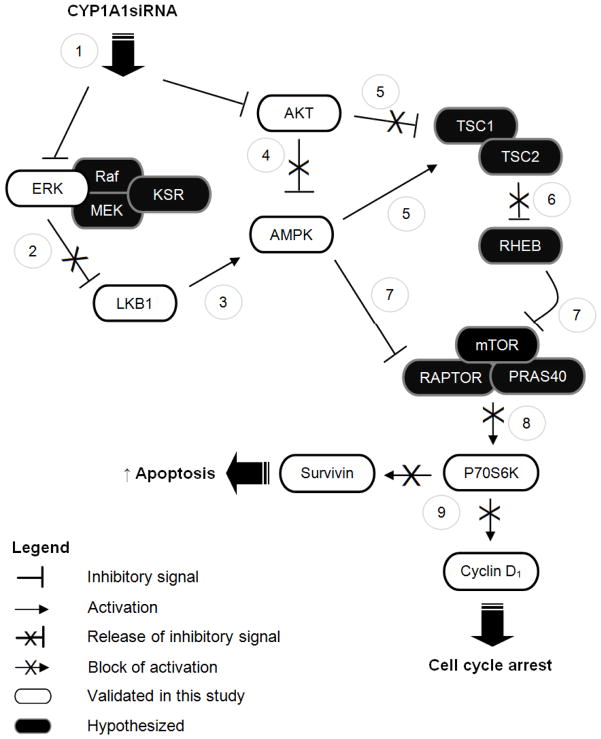Figure 7. Possible mechanisms of action of CYP1A1 knock down.
CYP1A1 knock down by siRNA results in the dual inactivation ERK and AKT (1). Inactivation of ERK could presumably remove the suppressive pressure that this exerts on LKB1 (2), thereby allowing activation of AMPK (3). LKB1-independent mechanisms may also be possible. Additionally, inhibition of AKT could result in the release of its suppressive effect on AMPK (4). Alternatively, inhibition of AKT by CYP1A1siRNA could result in the release of the TSC1/2 complex from suppression (5), followed by release of RHEB (6), and subsequent inhibition of mTOR signaling (7). Alternatively, AMPK could directly activate TSC2 (5) and inhibit RAPTOR (7), thereby inhibiting mTOR signaling(8). In this manner CYP1A1siRNA treatment results in cell cycle arrest and increased apoptosis (9). In summary, we propose that CYP1A1siRNA-mediated inhibition of ERK1/2 and/or AKT results in AMPK activation, thereby inhibiting the mTOR/P70S6K pathway and thus resulting in cellular death. Legend: AMPK, AMP-activated protein kinase; ERK1/2, Extracellular Signal-Regulated Kinases 1 and 2; KSR, Kinase Suppressor of Ras; LKB1, Liver kinase B1; P70S6K, 70kDa ribosomal protein S6 kinase; RHEB, Ras homolog enriched in brain; TSC1/2, Tuberous sclerosis protein 1/2.

